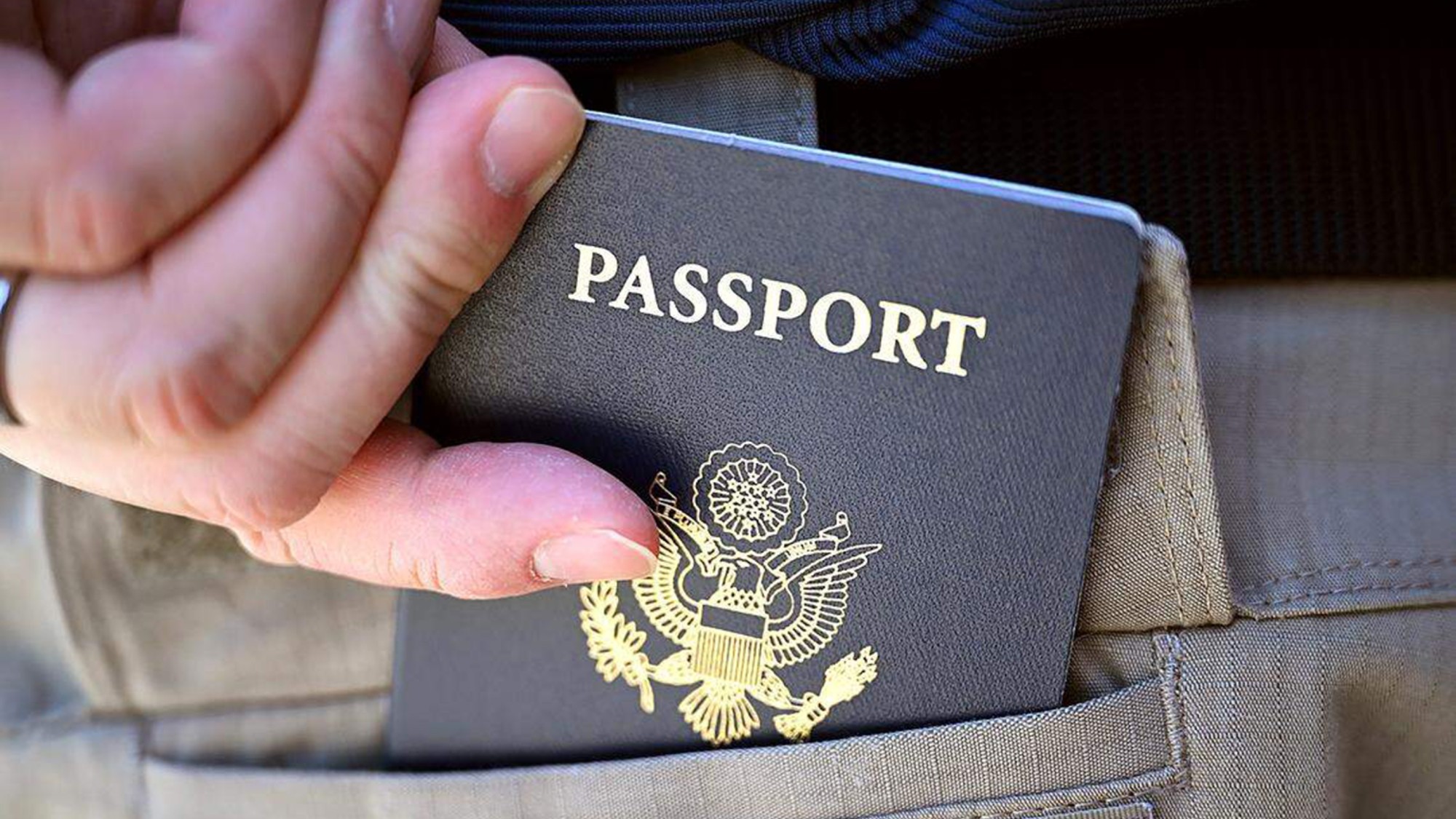Health & Science
Thinking can make you fat ... but there is a solution; The print beneath the fingerprint; Surviving in the vacuum of space
Thinking can make you fat ...
Thinking makes you hungry, and thinking really hard makes you really hungry. That’s the conclusion of a new study that found one explanation for why people in sedentary, white-collar jobs often gain a lot of weight. In a study at Laval University in Quebec, groups of students were given tasks that required either deep thought, relaxed thought, or no attention whatsoever. After the tasks, the volunteers were offered a snack. The relaxed testers just nibbled, but the thinkers ate as if they’d spent the day plowing the fields; the moderate-brain-activity group consumed 203 more calories than the resting group, and the deep thinkers ate 253 more (an increase of nearly 30 percent). Scientists found that while the brain is working hard, stress hormones in the body cause blood glucose levels to fluctuate, inducing feelings of hunger. That phenomenon, researcher Jean-Philippe Chaput tells LiveScience, is not good for waistlines, given that the thinking sessions consume only about three calories more than resting. “Caloric overcompensation following intellectual work, combined with the fact that we are less physically active when doing intellectual tasks, could contribute to the obesity epidemic currently observed in industrialized countries,” Chaput says.
… but there is a solution
The Week
Escape your echo chamber. Get the facts behind the news, plus analysis from multiple perspectives.

Sign up for The Week's Free Newsletters
From our morning news briefing to a weekly Good News Newsletter, get the best of The Week delivered directly to your inbox.
From our morning news briefing to a weekly Good News Newsletter, get the best of The Week delivered directly to your inbox.
About 30 percent of white Americans have a gene that predisposes them to obesity, but a new study finds that there’s only one surefire way for these folks to stay slim: Exercise virtually every day. University of Maryland researchers went to the Amish community in Lancaster County, Pa., to study how the “fat gene” affects people with more simple lifestyles, and found that very few Amish become severely overweight, even though that gene is present in their population. The difference is their 19th-century way of living: Most Amish get three to four hours of moderate activity each day, such as brisk walking, farm work, housecleaning, and other calorie-burning activities. “It’s only if you’re not active that the gene hurts,” Dr. Soren Snitker tells the Associated Press. “If you are active, then either way, it doesn’t matter whether you have the gene or not.” It’s not necessary, he says, to adopt the Amish way of life to overcome the obesity gene: Instead, take a brisk walk every morning or evening, take up gardening or other manual labor, use stairs when possible, and find ways to work some physical activity into your daily routines.
The print beneath the fingerprint
A warning to criminals: You may think you’ve covered your tracks, but wiping away your fingerprints doesn’t mean they’re gone. When police gather fingerprints in the usual way, they use chemicals that react with sweat patterns left by the perpetrator’s fingertips. If the criminal takes the time to wipe off everything he touches, the prints are gone. But if the criminal has touched something metallic, a new method developed by a British physicist works even after a wipe-down, because sweat reacts with some metals to corrode them slightly. In their new procedure, forensic scientists sprinkle the printed metal with a very fine, charge-sensitive powder, then apply an electrical charge that causes the powder to collect in the corroded tracks of a fingerprint. “In one case there was enough evidence that could lead to an identification of an offender,” says John Bond, the British physicist who cooperated with detectives to invent the technique. In the U.S., police have already used the new technique to solve a decade-old double murder in Georgia. “To say that I am pleased would be an underestimate,” Detective Christopher King tells MSNBC.com.
Surviving in the vacuum of space
A free daily email with the biggest news stories of the day – and the best features from TheWeek.com
The tiny “water bear” is the first animal ever to survive the deadly vacuum of space, says LiveScience. Water bears, also called tardigrades, are eight-legged, worm-like animals that usually live on wet mosses and lichens. Like their cousins the sea monkeys (brine shrimp), water bears are able to survive months-long dry periods by going into a death-like dormant state, reawakening upon introduction to water. To see if they could survive in space, European scientists put a colony of tardigrades on a recent spacecraft launched by the European Space Agency, exposing them to the vacuum of space. The water bears survived, despite encountering temperatures hundreds of degrees below zero, the complete absence of air and atmospheric pressure, and a bombardment by deadly UV radiation. In fact, back on Earth, the hardy little beasties began reproducing again. Now scientists will try to figure out how the water bears’ DNA escaped damage from radiation or repaired the damage, says Swedish scientist K. Ingemar Jonsson. That knowledge could help humans survive long space flights, or more immediately, help cancer patients cope with radiation therapy.
-
 US citizens are carrying passports amid ICE fears
US citizens are carrying passports amid ICE fearsThe Explainer ‘You do what you have to do to avoid problems,’ one person told The Guardian
-
 All roads to Ukraine-Russia peace run through Donetsk
All roads to Ukraine-Russia peace run through DonetskIN THE SPOTLIGHT Volodymyr Zelenskyy is floating a major concession on one of the thorniest issues in the complex negotiations between Ukraine and Russia
-
 Why is Trump killing off clean energy?
Why is Trump killing off clean energy?Today's Big Question President halts offshore wind farm construction